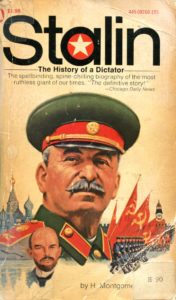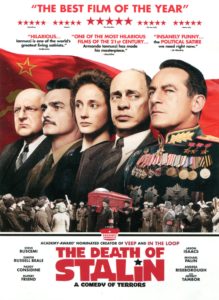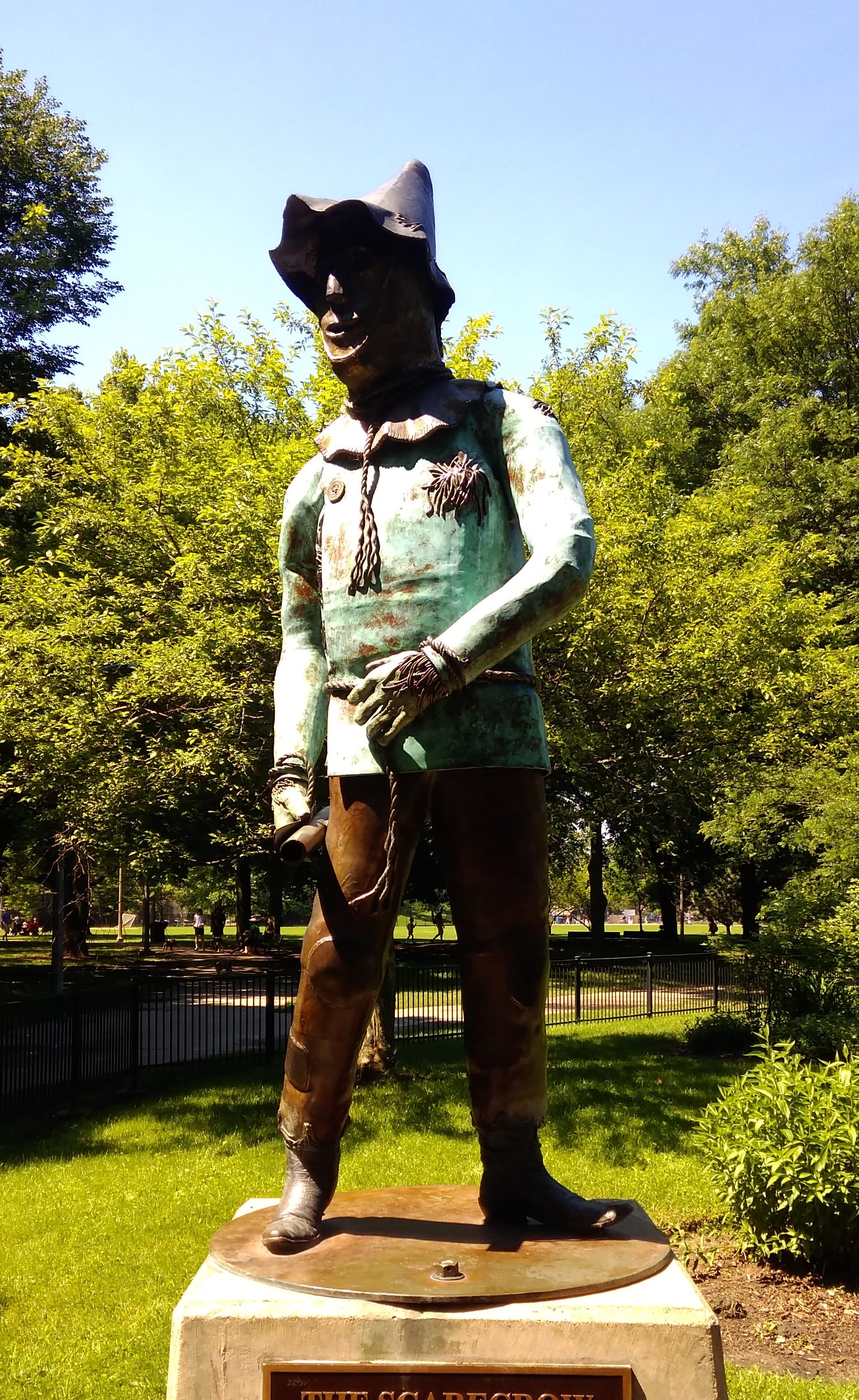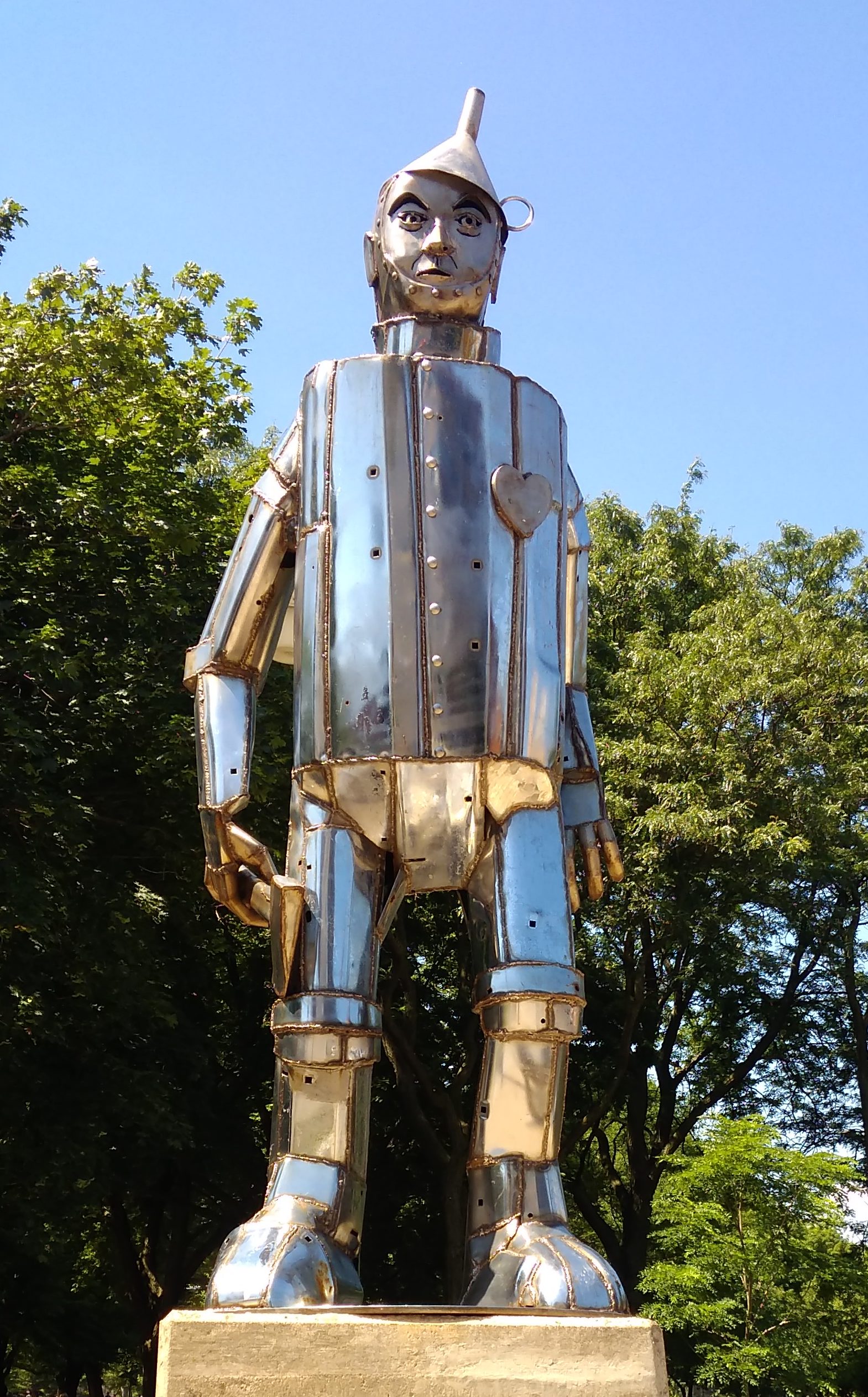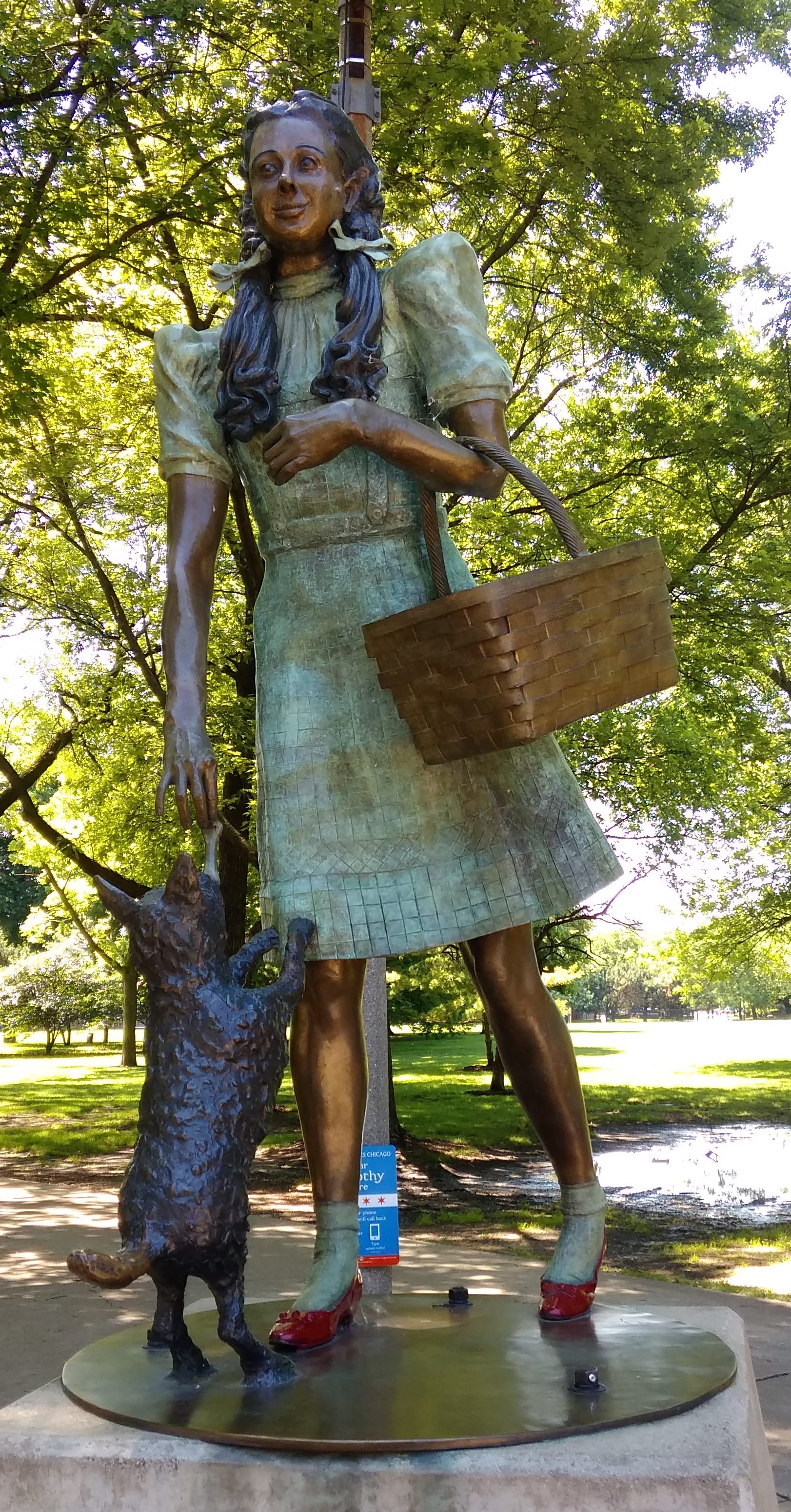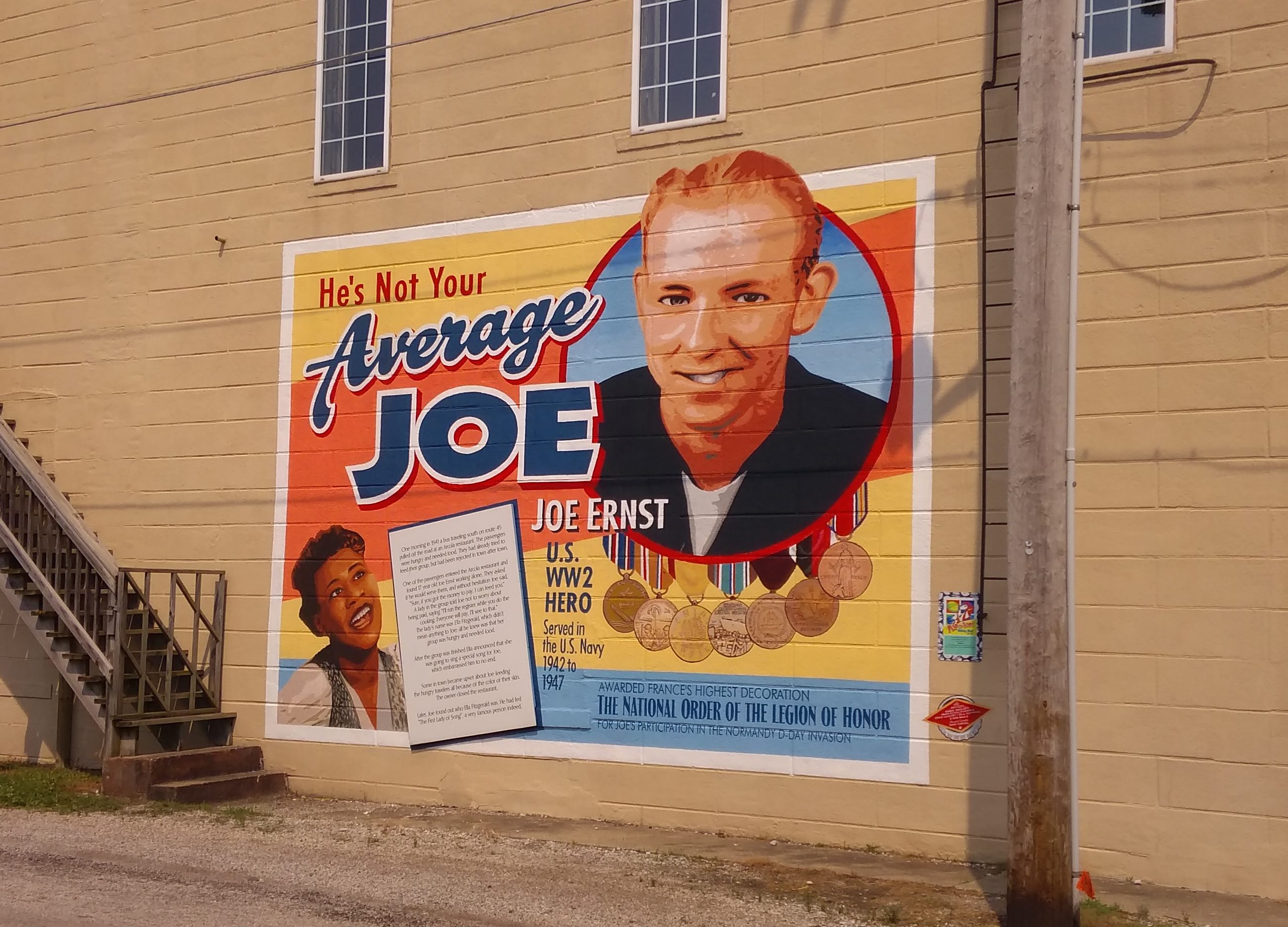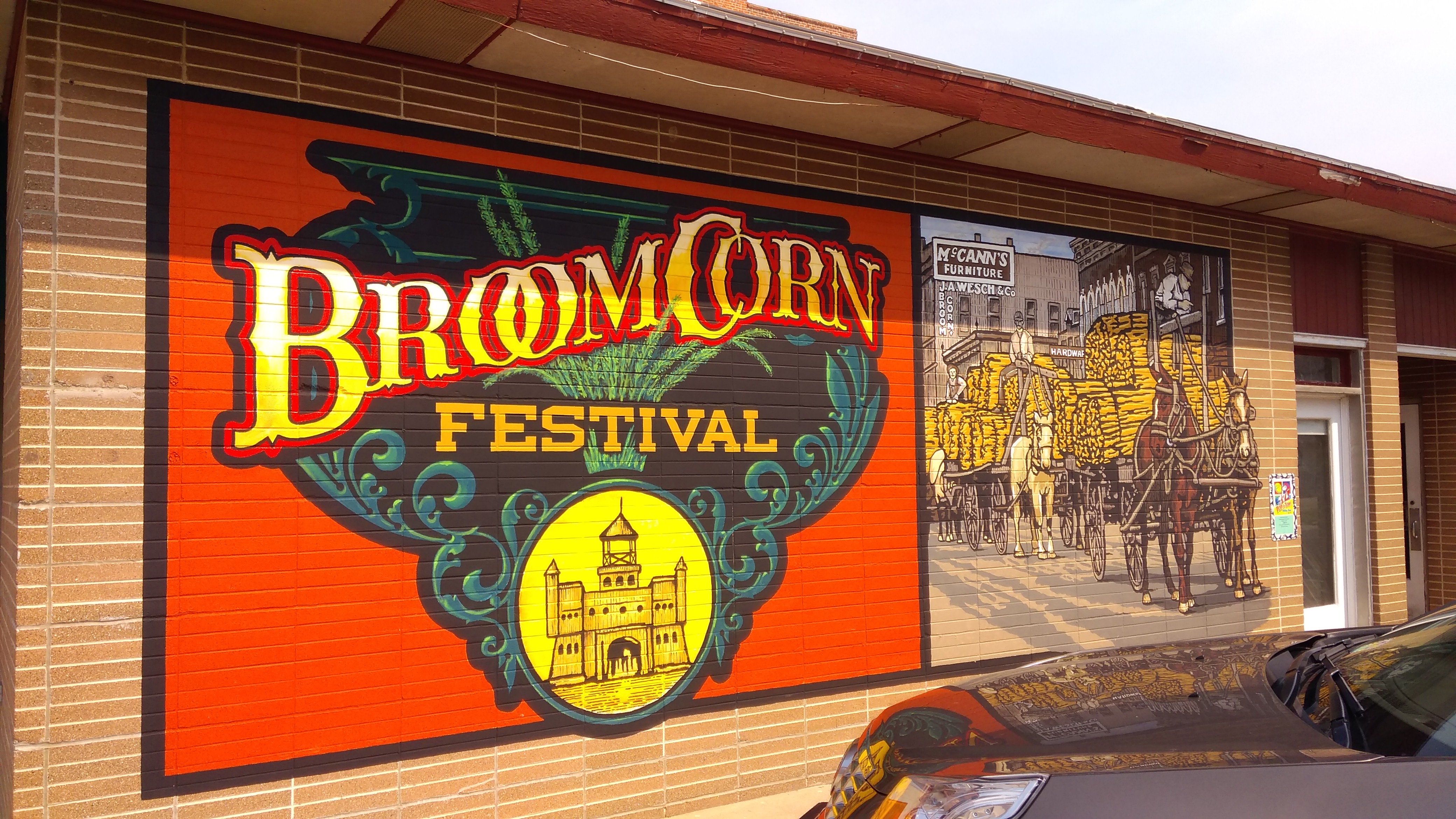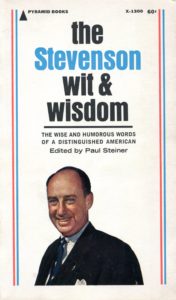The rains have cleared away, leaving cold air in their wake. This pattern will keep repeating in the coming months, getting successively colder until snow replaces rain and mere cold air is a polar vortex or some such. Bah. At least the trees are coloring up nicely.
An open question for YouTube: how, in the age of digital spying on consumers — so I hear — can YouTube offer me such wildly off-the-mark ads? Lately I’ve been getting a lot of anti-vapping ads, for instance. Aimed at teenagers. Not, I have to add, ahead of much content that that demographic might watch on YouTube. The chances of me taking up vapping are pretty close to zero, YouTube.
Some time ago I picked up a copy of The Shipping News by Annie Proulx (1993) for $1 at Half Price Books. Now I’m reading it. It’s a good read and there are some good lines in it. Here’s one that helps introduce a character:
For the devil had long ago taken a shine to Tert Card, filled him like a cream horn with itch and irritation.
One of the author’s idiosyncrasies is constructions like that, with “filled” instead of “filling.” But you get used to it, and it works. That’s a wonderful sentence that pretty much sets the tone for Tert Card. We’ve all met people like that.
From a press release over the transom the other day, a subject I have no professional interest in. I’m more interested in how the thing was written. I suspect the writer is a fairly fluent but nevertheless non-native speaker of English (all sic):
Businessmen hailing from UAE have an interest in making some investments in Armenia. The trade turnover in between the two countries has risen 10-folks from twenty-five million to about 250 million USD in the last five years as told by Zaki Nusseibeh, the Minister of the State after the sidelines of the ministerial conference of 17th Francophonie summit…
After Ruddigore on Saturday, Ann wanted ice cream. At about 10 in the evening in Evanston, Andy’s Frozen Custard seemed the only place still open serving something close to ice cream. She agreed that was close enough, so we went.
 That image doesn’t have many people in it, but not long after we got there, the place was packed. Seems that selling frozen custard late on Saturday evenings near a major university is a pretty good business.
That image doesn’t have many people in it, but not long after we got there, the place was packed. Seems that selling frozen custard late on Saturday evenings near a major university is a pretty good business.
I’d never been to Andy’s before. Turns out there are about 60 of them, mostly scattered around the central U.S., though as far north as metro Chicago and as far south as central Florida. Andy’s makes a good frozen treat. Too good, in fact. I should have gotten a small triple chocolate instead of a medium.
Who did the score for Doctor Zhivago? I found myself wondering that yesterday. Maybe that’s something I should know, but I looked it up: Maurice Jarre.
That came to mind because I’d turned on the TV and DZ was playing. In fact, the very scene in which Yuri and Lara reunited. The Lara’s theme leitmotif was part of the action. I watched about 15 minutes of it.
“What’s this movie about?” Ann asked. I had to think. It’s been how long since I’ve seen it? In the summer of ’81 at the Texas Union Theatre, or in Japan in the early ’90s, when I saw so many movies on VHS? Either way, over 25 years ago.
“Well, let’s see. Doctor Zhivago, that’s him there, Omar Sharif. He’s a doctor of course, and he has a wife. He likes her well enough, but he really loves this other woman, who’s on screen now. I don’t remember who played her. Anyway, there’s a love triangle and they all get caught up in the Russian Revolution and are often in danger. Bolsheviks show up. Zhivago’s also a poet and sensitive fellow. He spends a lot of time looking off in the distance. And there’s a lot of scenery. Wide shots of the steppes of Russia. It’s an epic of a movie. Did I mention that it’s over three hours long? It’s an epic of epic proportions.”
Despite my flip description, I remember liking the movie whenever I saw it. Odd how details of most movies you see or books you read or music you hear or places you go tend to evaporate over the years, leaving a residue like the one I told to Ann.
Never have read Pasternak, so I don’t even have a residue of the book. Maybe I should, but life is short and Russian novels are long. The most recent one I read, a few years ago, was August 1914. Pretty soon into it, I gave up trying to keep track of all of the many characters.
Maurice Jarre, I learned, is the father of Jean-Michel Jarre, known to me for Oxygène. Back when people had record collections, there was always one kid on each floor of each dorm at your college who had unusual records, things no one else had ever heard of. I can’t remember the lad’s name, but he was on my hall freshman year, and that was one of the records he had.
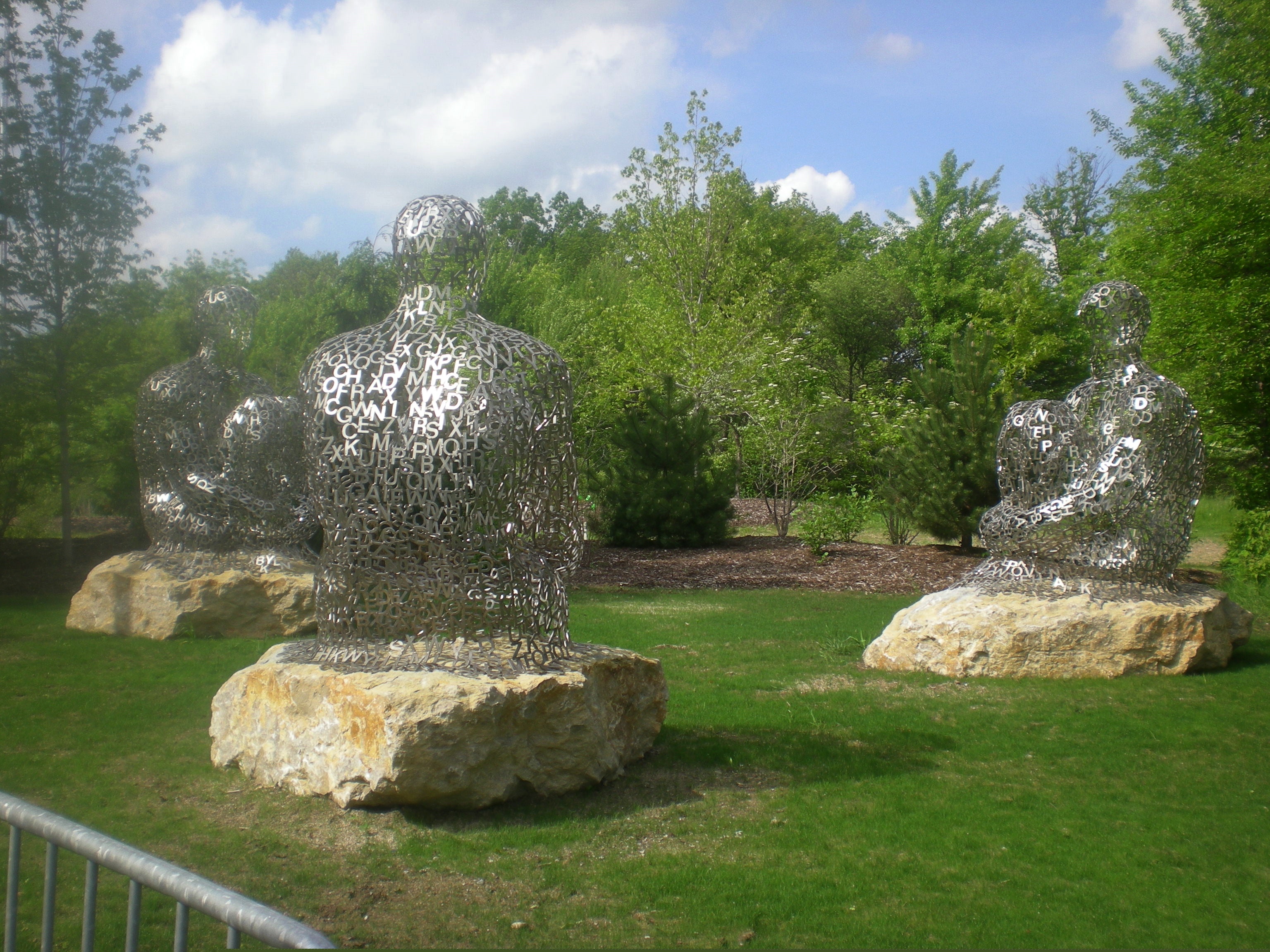
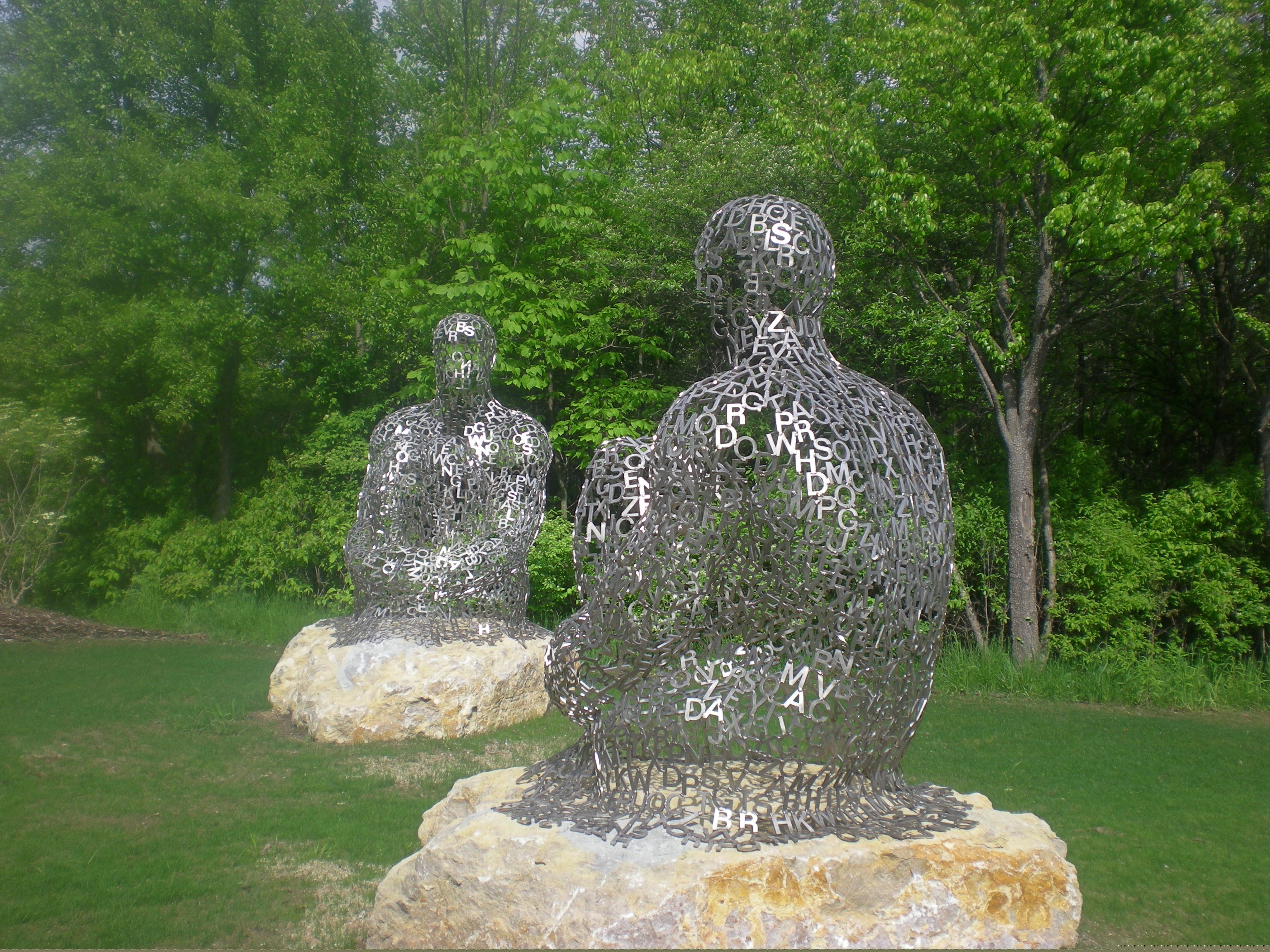 In 2014, I took note of Plensa’s monumental head, temporarily placed in Millennium Park in Chicago, “Looking Into My Dreams, Awilda.” I also knew at the time that the Catalan artist had also done Crown Fountain in the park as well.
In 2014, I took note of Plensa’s monumental head, temporarily placed in Millennium Park in Chicago, “Looking Into My Dreams, Awilda.” I also knew at the time that the Catalan artist had also done Crown Fountain in the park as well.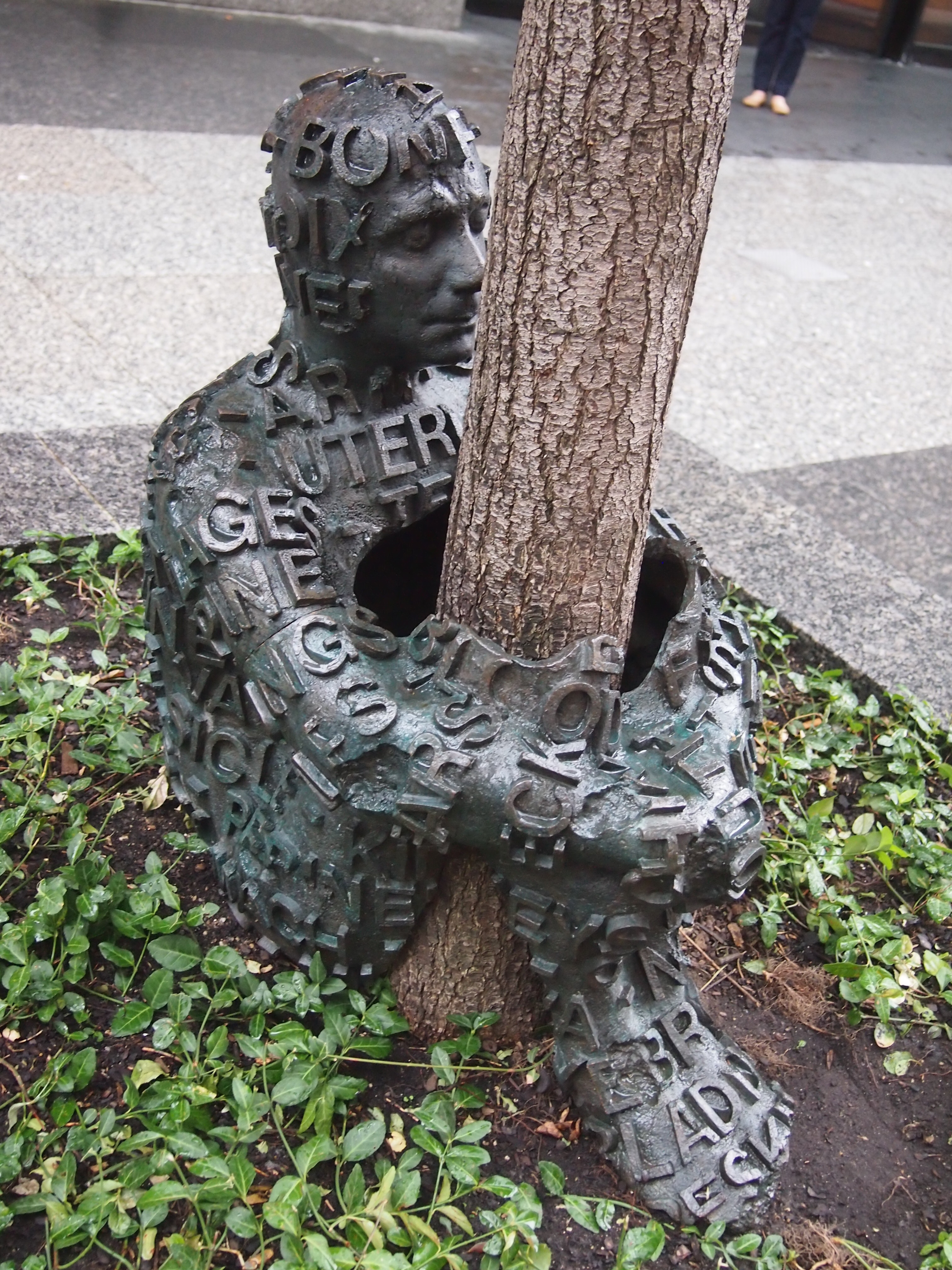
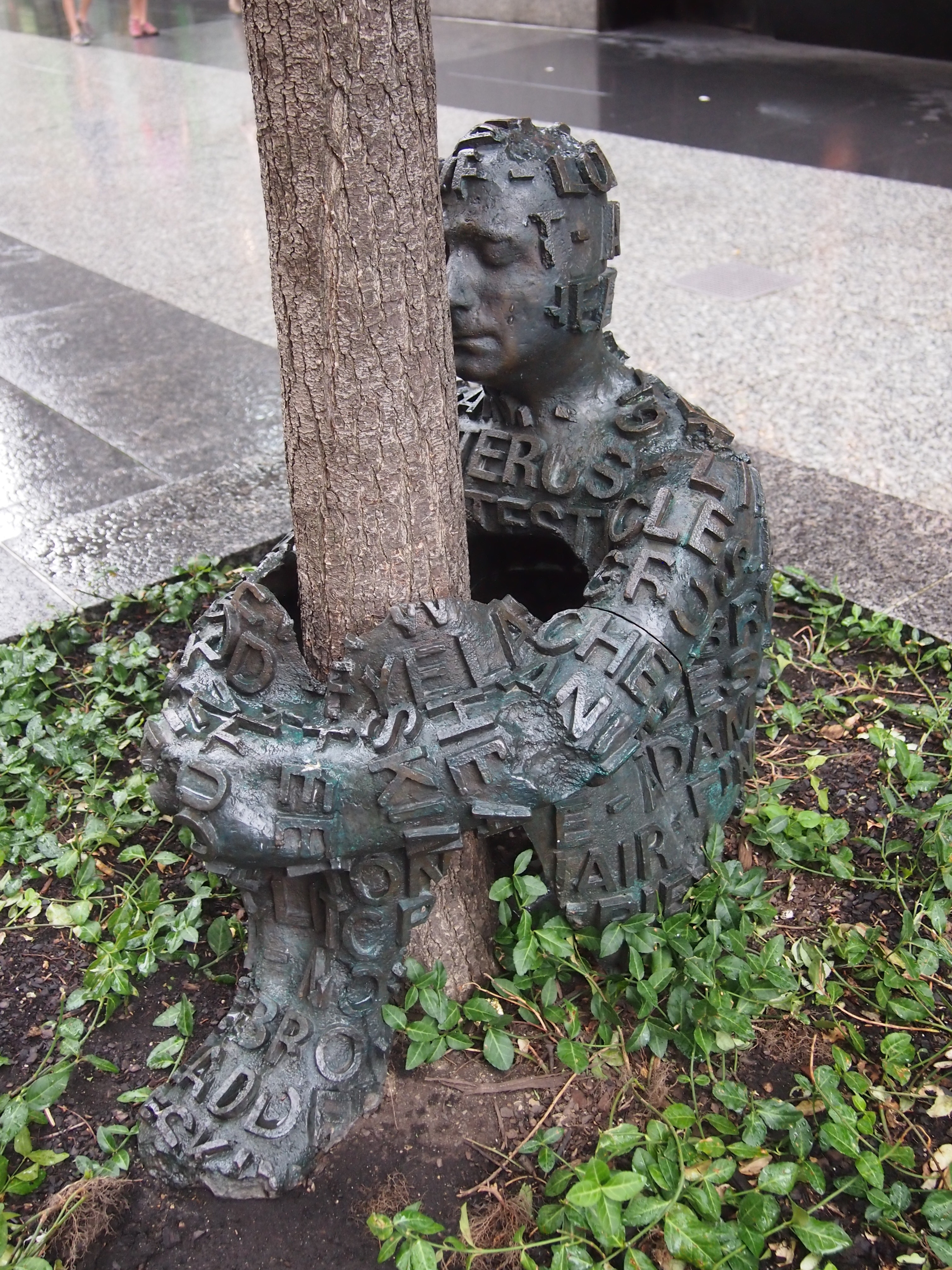 “Self Portrait With Tree,” by none other than Plensa. I’d forgotten about it, and when I took the picture, probably didn’t associate it with the other works of his I’d seen. “Self Portrait” was next to the Hancock Tower on E. Chestnut St. I checked the Street View of that block, dated July 2018, and the work is gone. It was put up by the nearby Richard Gray Gallery, so perhaps it found a buyer.
“Self Portrait With Tree,” by none other than Plensa. I’d forgotten about it, and when I took the picture, probably didn’t associate it with the other works of his I’d seen. “Self Portrait” was next to the Hancock Tower on E. Chestnut St. I checked the Street View of that block, dated July 2018, and the work is gone. It was put up by the nearby Richard Gray Gallery, so perhaps it found a buyer.